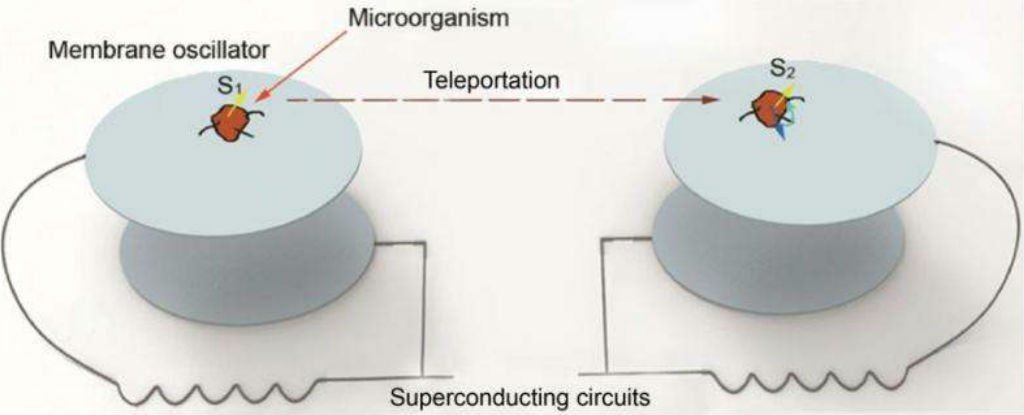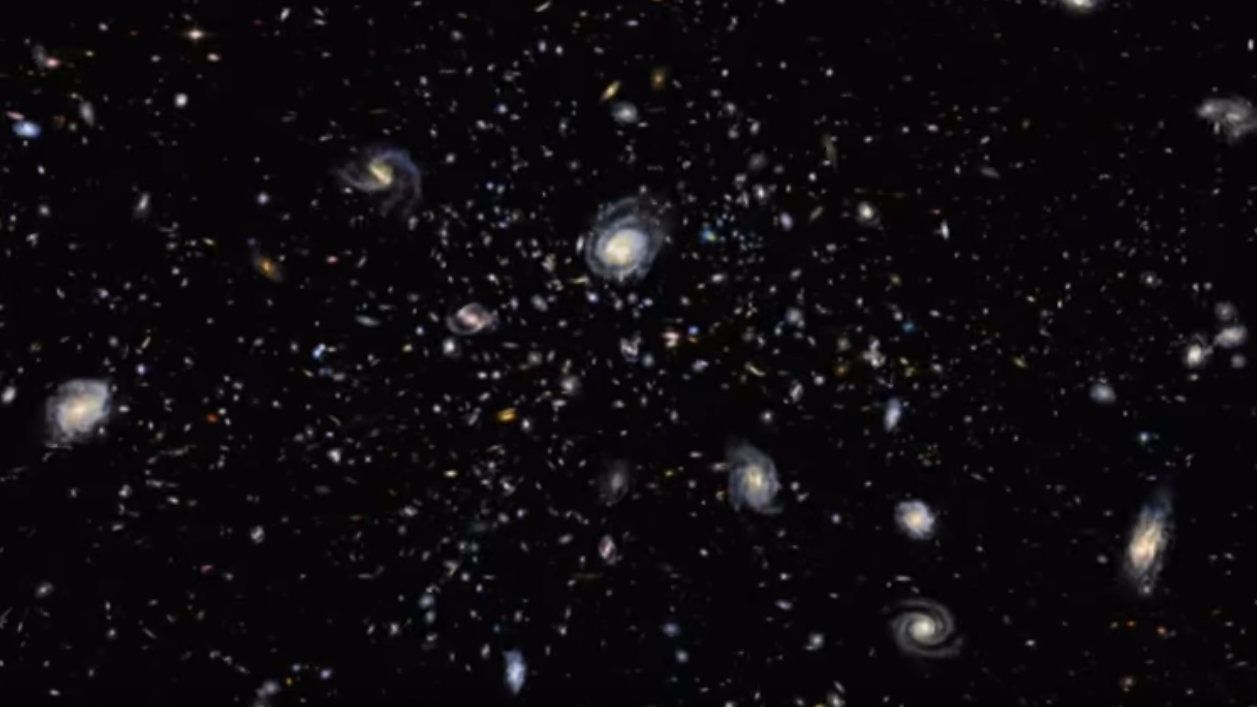Archive for the ‘physics’ category: Page 296
Jan 24, 2016
How Time Could Move Backwards In Parallel Universes
Posted by Andreas Matt in categories: cosmology, information science, physics
Understanding time is one of the big open questions of physics, and it has puzzled philosophers throughout history. What is time? Why does it appear to have a direction? The concept is defined as the “arrow of time,” which is used to indicate that time is asymmetric – even though most laws of the universe are perfectly symmetric.
A potential explanation for this has now been put forward. Physicist Sean Carroll from CalTech and cosmologist Alan Guth from MIT created a simulation that shows that arrows of time can arise naturally from a perfectly symmetric system of equations.
The arrow of time comes from observing that time does indeed seem to pass for us and that the direction of time is consistent with the increase in entropy in the universe. Entropy is the measure of the disorder of the world; an intact egg has less entropy than a broken one, and if we see a broken egg, we know that it used to be unbroken. Our experience tells us that broken eggs don’t jump back together, that ice cubes melt, and that tidying up a room requires a lot more energy than making it messy.
Jan 21, 2016
Physicists propose new method to teleport the memory of a living creature
Posted by Phillipe Bojorquez in categories: futurism, physics
While the possibility of teleporting entire objects from one place to another like they do in the movies is way beyond our current — and near-future — capabilities, the same can’t be said for the memory of our existence.
Jan 20, 2016
Graphene ‘optical capacitors’ can make chips that mesh biophysics and semiconductors
Posted by Shailesh Prasad in categories: computing, materials, physics
Graphene’s properties make it a tantalizing target for semiconductor research. Now a team from Princeton has showed that flakes of graphene can work as fast, accurate optical capacitors for laser transistors in neuromorphic circuits.
Jan 18, 2016
It’s possible that there is a “mirror universe” where time moves backwards, say scientists
Posted by Sean Brazell in categories: cosmology, physics
Although we experience time in one direction—we all get older, we have records of the past but not the future—there’s nothing in the laws of physics that insists time must move forward.
In trying to solve the puzzle of why time moves in a certain direction, many physicists have settled on entropy, the level of molecular disorder in a system, which continually increases. But two separate groups of prominent physicists are working on models that examine the initial conditions that might have created the arrow of time, and both seem to show time moving in two different directions.
When the Big Bang created our universe, these physicists believe it also created an inverse mirror universe where time moves in the opposite direction. From our perspective, time in the parallel universe moves backward. But anyone in the parallel universe would perceive our universe’s time as moving backward.
Jan 18, 2016
Physicists hope for interstellar travel
Posted by Andreas Matt in categories: physics, space travel
Asteroid mining and space tourism are all well and good, but a network of researchers around the world is thinking bigger when it comes to space exploration: interstellar travel.
Jan 15, 2016
‘Space Warps’ and other citizen science projects reap major dividends for astrophysics
Posted by Sean Brazell in categories: physics, science, space
The astrophysics project Space Warps offers a compelling example of why citizen science has become such a popular tool and how valuable it can be. In a roundtable discussion with the Kavli Foundation, citizen science leaders and astrophysicists Chris Lintott, Anupreeta More and Aprajita Verma discuss the tremendous impact these enthusiastic volunteers are having.
Jan 15, 2016
New theory of secondary inflation expands options for avoiding an excess of dark matter
Posted by Sean Brazell in categories: cosmology, physics
A new theory from physicists at the U.S. Department of Energy’s Brookhaven National Laboratory, Fermi National Accelerator Laboratory, and Stony Brook University, which will publish online on January 18 in Physical Review Letters, suggests a shorter secondary inflationary period that could account for the amount of dark matter estimated to exist throughout the cosmos.
“In general, a fundamental theory of nature can explain certain phenomena, but it may not always end up giving you the right amount of dark matter,” said Hooman Davoudiasl, group leader in the High-Energy Theory Group at Brookhaven National Laboratory and an author on the paper. “If you come up with too little dark matter, you can suggest another source, but having too much is a problem.”
Measuring the amount of dark matter in the universe is no easy task. It is dark after all, so it doesn’t interact in any significant way with ordinary matter. Nonetheless, gravitational effects of dark matter give scientists a good idea of how much of it is out there. The best estimates indicate that it makes up about a quarter of the mass-energy budget of the universe, while ordinary matter — which makes up the stars, our planet, and us — comprises just 5 percent. Dark matter is the dominant form of substance in the universe, which leads physicists to devise theories and experiments to explore its properties and understand how it originated.
Jan 14, 2016
Superluminous Supernova Are a New, Strange Way for Stars to Die
Posted by Sean Brazell in categories: cosmology, physics
An international team of astrophysicists has discovered the brightest supernova yet, briefly blazing fifty times brighter than the entire Milky Way galaxy. It’s a strange new way for stars to die.
As described in a new paper in Science, this spectacularly extravagant stellar explosion— part of a classification known as super luminous supernovae —may give us a peek into the death of stars from near the beginning of the Universe, helping unravel the secrets of early stellar evolution. It’s been named ASAS-SN-15lh.
Humans have been spotting the suddenly-bright pinpricks of stars violently exploding in the night sky for thousands of years, with some records even telling of the rapid appearance and disappearance of stars so bright they can be seen by the naked eye even during in the day. Superluminous supernova kick it up a notch, shining a hundred to a thousand times brighter than a normal nova.
Jan 14, 2016
Measuring Consciousness in the Lab
Posted by Andreas Matt in categories: cosmology, neuroscience, physics
Max Tegmark about his and others’ attempts to formulate a mathematical theory of consciousness. I find this very interesting, though I try to not think about it too much… I wrote some words about this here http://backreaction.blogspot.com/2014/05/consciousness-and-p…ratch.html
















